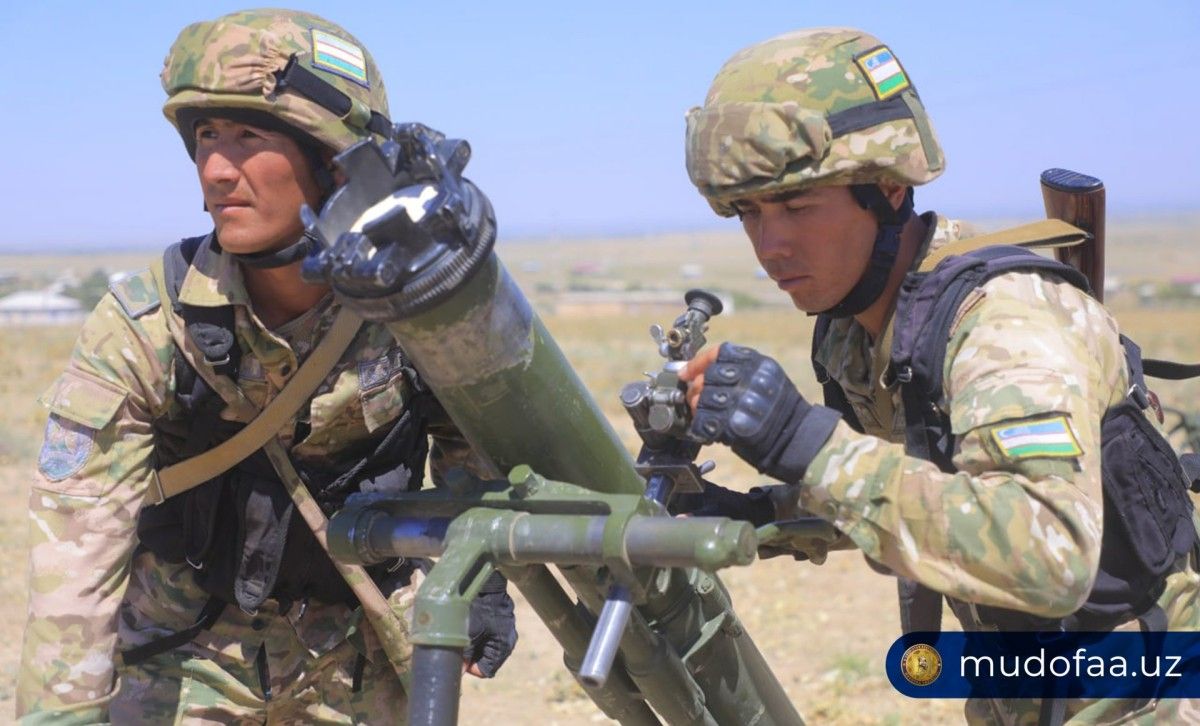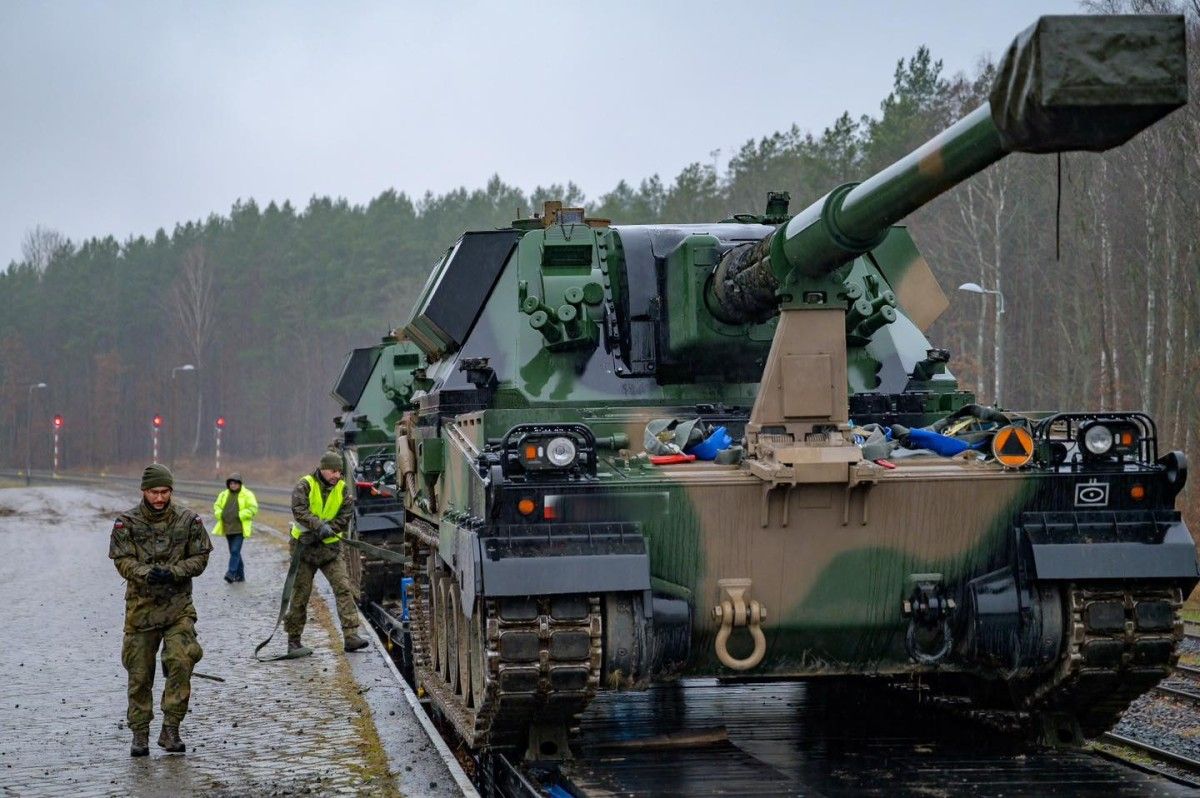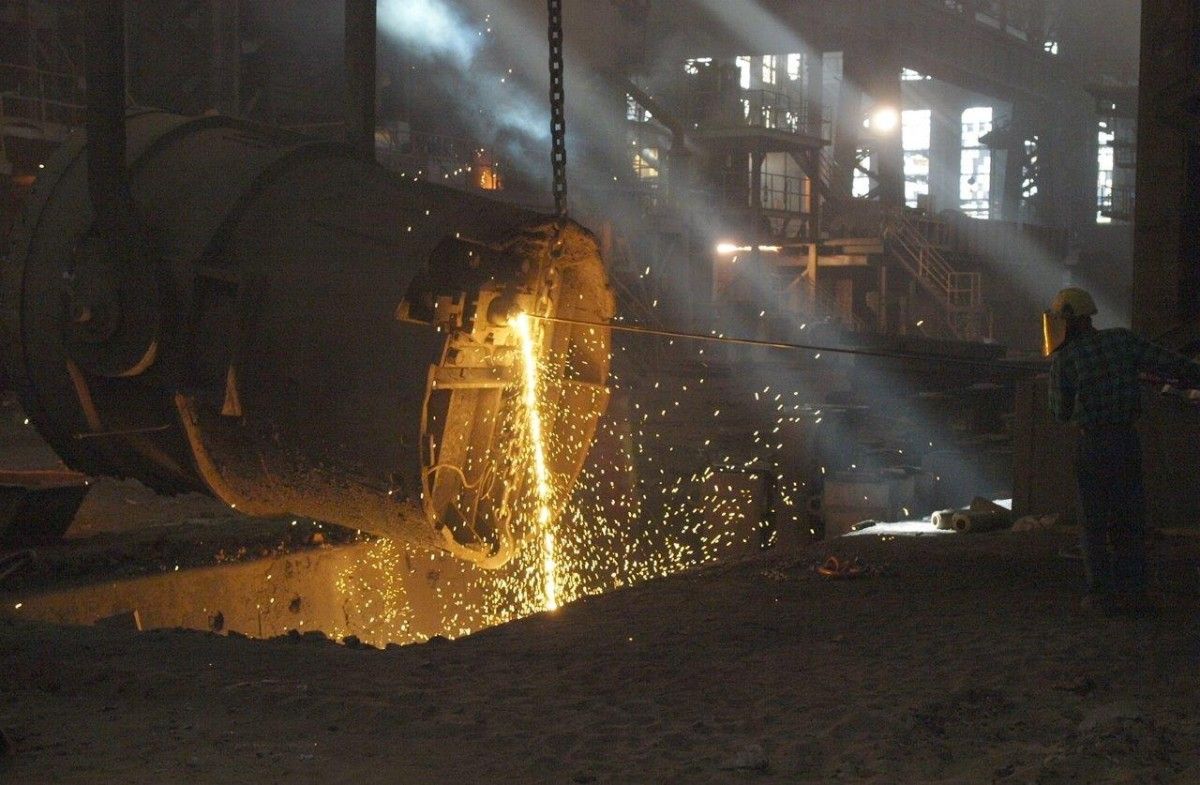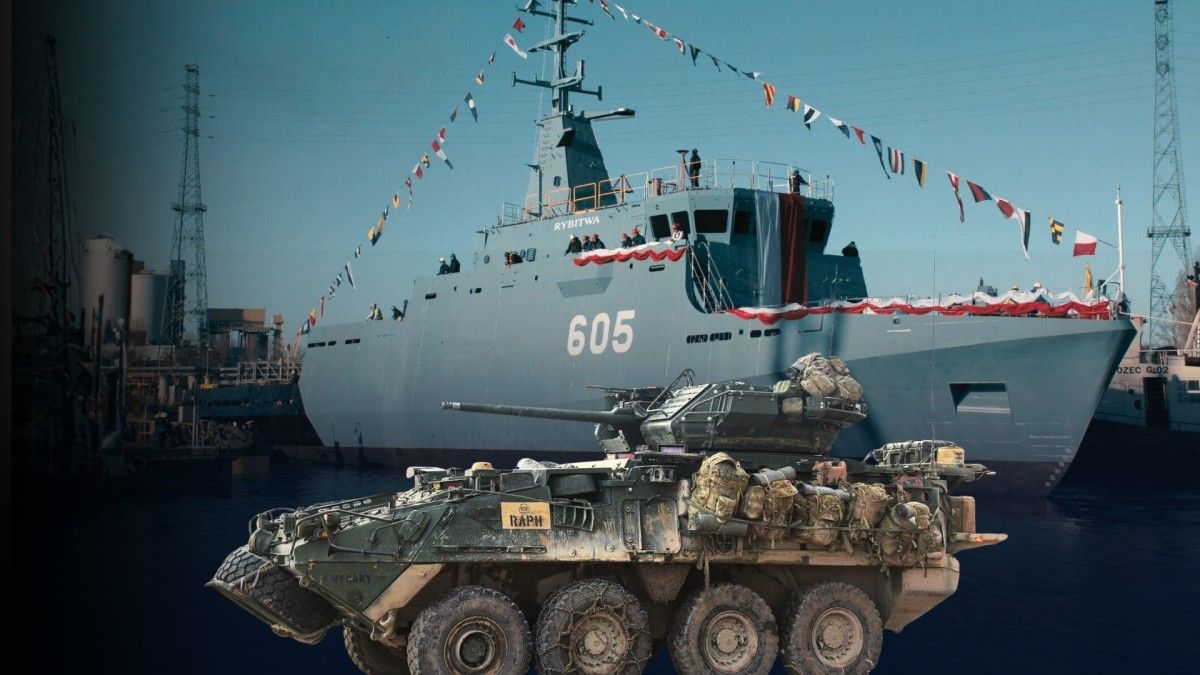O The National safety Plan “Tarcza East” was first heard on 18 May 2024. It was announced by Prime Minister Donald Tusk during the Krakow celebrations of the 80th anniversary of the conflict of Monte Cassino.
The programme to strengthen the east border of Poland – the alleged “Tarcza East” – is the largest fortification programme in the region since the Second planet War. It was distributed for the years 2024-2028 and is to be a combined effort of the civilian (MSWiA) and military (MON) sectors.
The civilian sector is to be liable for upgrading and sealing the barrier at the border with Belarus, and the military part is to include the construction of fortifications. [1] The cost of the programme is estimated at PLN 10 billion, thanks to which the state is to safe about 700 km of the border, including 400 km with Belarus. The improvement of defence infrastructure with the Baltic states was planned, as the Shield of the East is to complement the Baltic defence line that Lithuania, Latvia and Estonia are preparing. It is besides planned to strengthen detection, informing and tracking systems. The expansion of fortifications besides includes drone infrastructure.
National Defence Minister Władysław Kosiniak-Kamish argues that "New infrastructure and utilized technologies aim to defend the Republic, hinder the movement of opposing troops, facilitate the movement of own troops, defend the population and guarantee the highest safety for those who defender the safety of the state.’ [2]
The General Staff brochure lists the basic objectives of the east Shield:
- Strengthening the anti-surprise capacity
- Countermobility – Limiting opponent mobility
- Ensuring the mobility of our own forces
- Enhancing military safety and civilian protection
The objectives will be achieved through:
- Detection, informing and tracking systems
- Operational bases removed
- Logistics nodes
- Infrastructure for drone systems
The tactical access strategy of the base armed forces will be based on the network of base stations to be deployed along the border along the border with the operational centres. They are to be access points for safe military communications and IMINT, SIGINT and ECHO sensors. Operational centres will analyse data from sensors with SI support to automatically program firing systems.
The "Classical" countermobility is to be based on anti-tank ditches, adaptation of natural terrain conditions – including by deepening melioration ditches – and well-welling roads.
The safety of troops and civilians is to warrant an extended network of hideouts, bunkers, weapons retention facilities and fortifications of defence areas.
The mobility of their own troops will enable decently prepared road crossing axes, bridge structures collected at water obstacles and prepared accessheads. In addition, selected engineering facilities will be adapted to dense loads. [3]

Visualisation of the border belt source: presentation of the General Staff of the HR

Visualization of the area up to 50 km source: presentation of the General Staff of the HR
Deputy Minister of National Defence Cezary Tomczyk indicates that the Shield of the East is simply a de facto European project. This is why the European Investment Bank is having talks about the anticipation of co-financing it. [4] This is besides crucial from the point of view of the Polish east border, which is not only the border of Poland, but besides the EU and NATO.
Deputy Minister Tomczyk announced the anticipation of creating a peculiar fund from which funds would finance projects applicable to the safety of the Union as a whole. The final sources of financing of the task are to include: the MON budget, the EC funds and the EIB in the framework of the findings.
The construction of the Shields of the East is to be engaged by local companies as well as the 3-Batallion-based road-aircraft brigade (changed from the Jarocin airport repair battalion). [5] In the first 4th of 2025 in the field, the engineering group appointed and commanded by the commander-general is to begin work. During this period the construction of defence infrastructure is expected to cost PLN 500 million. The UBM (Ultimate Building Machine) is planned to be utilized to build fortifications efficiently. The reinforcements are besides to be based on stored dams, anti-tank mines and concertinas not only in the face of danger. [6] The strengthening task is to be based on proven examples from South Korea and Finland.
By the end of July, operations Gryf and Rengaw were scheduled to expire, which will replace Operation Safe Podlasie from August. This, on the another hand, will be maintained to form a Border Protection Component composed of WOT soldiers and operational troops. [7]
According to the plans, the COP will presume work for the Shield of the East in 2028. Under Operation Safe Podlasie, the number of soldiers on the border is expected to emergence from 6,000 to 17,000.8]: 8,000 are to service actively at the border and the remaining 9,000 are to stay in retreat with readiness to act within 48 hours.
The troops remaining in the retreat will be trained and will not service in isolation from their families. In the event of an emergency attack, they will besides not be exposed to cutoff and artillery fire. This is akin to the strategy known in the Armed Forces of Lithuania. [9] The difference is that units will be rotated – it will not be the permanent presence of individual branches. The border service is to be carried out by circumstantial rotational divisions, which will appoint troops to service together. The service is to run on akin terms as the Polish Military Quotations' trips abroad. Subdivisions before service are to undergo 2-month certified training.
Summary
It might seem that the era of fortifications known from past like the Maginot line, Siegfried, has gone to past – nothing more wrong! The primary goal of the fortifications is not to kinetically teardrop distant the possible of the opponent, but to deter. This was what the Maginot line, frequently (unjustly) ridiculed, served before planet War II. For many years, it effectively deterred the emerging possible of the 3rd Reich. Even during the French run of 1940, she tied considerable forces of the German war machine. Individual reinforced regions were not given up until the end of the campaign.
One might be tempted to say that the main mistake of the Maginot line was not besides megalomania of the project. In fact, the task was besides tiny and did not include fortifications of areas located more north, which were treated as natural terrain obstacles.
Activities around the Shields of the East and the developed Border Protection Component will importantly increase the state safety architecture and delicate border areas. The acceleration of the formation of the COP should besides be considered as a affirmative condition: from first readiness in 2032 to readiness in 2028. This will coincide with the planned completion of the fortifications under the Shield of the East.
Bibliography
- https://www.gov.pl/web/National defence/distortion-emergency-responsibility-Polish-and-eastern-flanki-nato [accessed: 11.07.2024]
- Ibid.
- Ibid.
- https://www.wnp.pl/defensive industry/distortion-emergency-to-be-project-European-former-talking-m-in-z-ebi,853581.html [accessed: 11.07.2024]
- https://www.bankier.pl/newsc/MON-Tarcza-East-Stand-sie-European project-EU-and-NATO-visitor-to-8780316.html [accessed: 11.07.2024]
- https://defence24.pl/defence-policy/revolution-on-limits-display-rise-and-safe-sub-lases [accessed: 11.07.2024]
- https://www.bankier.pl/newsc/MON-Tarcza-East-Stand-sie-European project-EU-and-NATO-visitor-to-8780316.html [accessed: 11.07.2024]
- https://defence24.pl/defence-policy/revolution-on-limits-display-rise-and-safe-sub-lases [accessed: 11.07.2024]
- Ibid.
Photo:Canva












